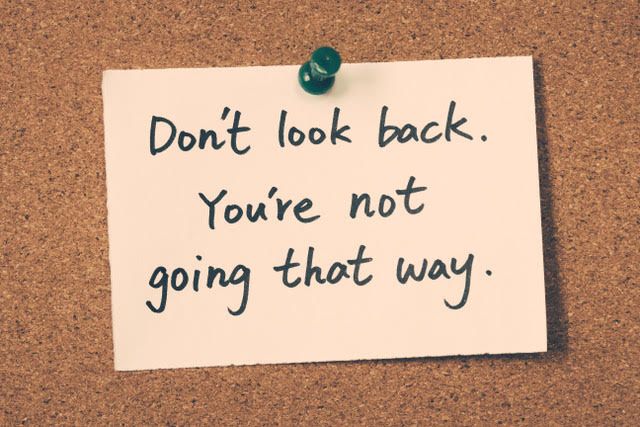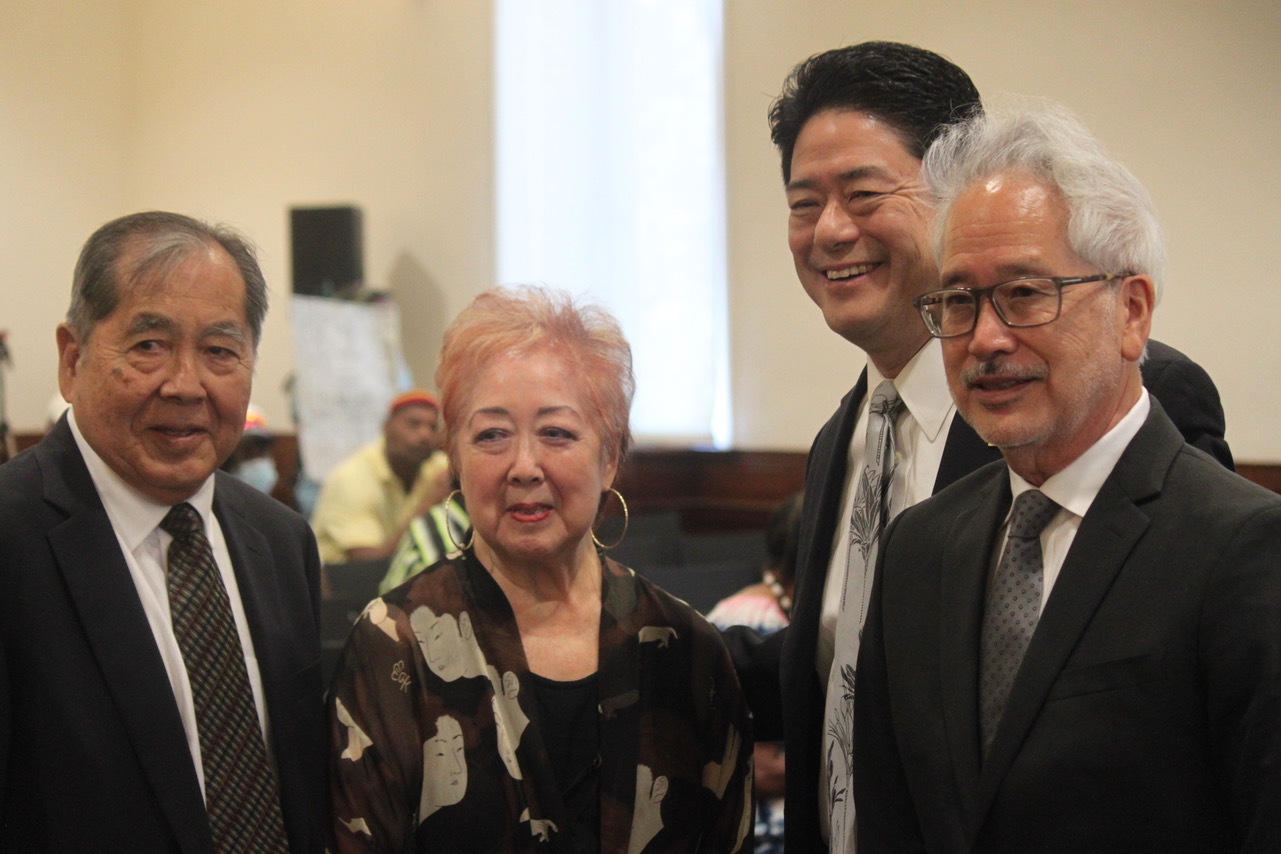
Black Water Leaders: Outreach “Critically Important” in Gov. Newsom’s Conservation Plan
Tanu Henry | California Black Media
If it were not for the news headlines, you probably would not know California is under a state of emergency due to continuing drought conditions affecting more than 95% of state residents. Last summer was the hottest recorded in Western states. And in a 128-year stretch, 2022 has so far been the driest in Golden State history, according to the National Oceanic and Atmospheric Administration (NOAA).
Then, in March, evidence of worsening drought conditions in the state showed up in rainfall that didn’t. Low levels of rain during the month, prompted concerned authorities at the state Department of Water Resources (DWR) to cut delivery from the State Water Project, a storage facility, down to 5 % of the supplies that had been requested.
Reacting to those and other developments indicating a need to begin preserving water, last week, Gov. Newsom asked local water authorities to “move to Level 2 of their Water Shortage Contingency Plans.”
Newsom did not recommend specific actions, leaving regional and municipal authorities open to take “locally-appropriate actions.”
“Today, I am calling on local water agencies to implement more aggressive water conservation measures, including having the Water Board evaluate a ban on watering ornamental grass on commercial properties, which will drive water use savings at this critical time,” said Newsom who has invested more than $1 billion in state efforts aimed at tackling the drought.
Last month, Newsom invested $22.5 million in immediate funds to address the state’s drought emergency. That amount included $8.25 million for outreach efforts educating Californians on water conservation.
Dale Hunter is executive director of the California African American Water Education Foundation (CAAWEF). He says he applauds the governor’s decision to invest in outreach, but he also emphasized how important education will be for this campaign because of the seriousness of this ongoing drought.
CAAWEF is a statewide nonprofit that raises awareness about water issues concerning African Americans and educates the Black community about them.
“We must embrace conservation. It will become a way of life for us,” says Hunter. “We have to give people practical tips to drive this stuff home – so that people know they are a part of it. For example, the next time you wash that T-shirt, you have to make sure you have some other stuff in the washer to save water.”
Hunter said a lot of people hear about water conservation in the media, but they do not know what it involves.
Hunter says funding for outreach would support efforts by organizations like his that educate consumers.
The governor’s executive order last week called on the State Water Resources Control Board (SWRCB) to consider asking commercial consumers to ban irrigation of “non-functional” grass on their properties. However, Newsom’s proposed ban would not affect residential customers or recreational spaces and parks.
DWR estimates the plan could save water equal to “several hundred thousand acre-feet.” One acre-foot is the estimated amount of water three households need to last them for one year.
In California, 85% of public water systems source their supply from groundwater, which, under normal circumstances, accounts for 41% of water delivered to homes, businesses and public facilities. But during droughts like the current one, as much as 58 % of those water authorities may rely on groundwater.
Hunter says he understands why Newsom didn’t push any mandates or laws but opted instead to make recommendations to local authorities.
“Water is always a local issue,” he explained. “Always.”
Hunter says increasing awareness about water and getting people to become stakeholders in conservation will not happen overnight.
“It takes a while to percolate down to the average person,” says Hunter. “It might hit us when folks in one Zip Code can only water their yards on certain days. Water is the lifeblood of our state. We have to make sure we get it right.”







